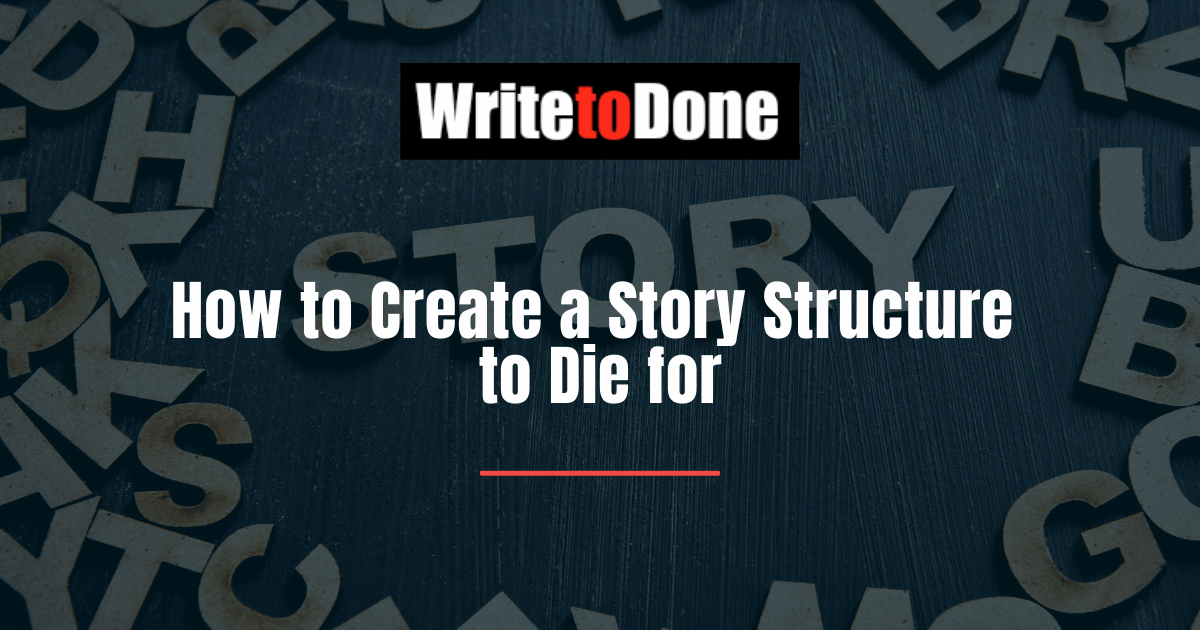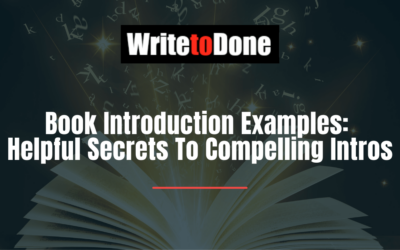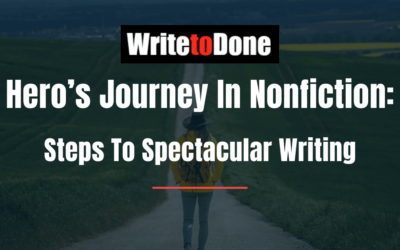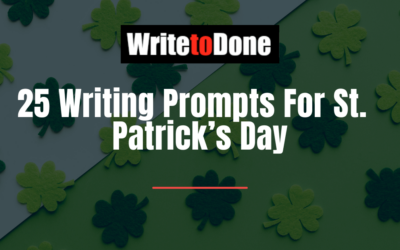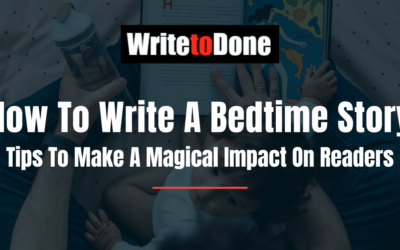Prose is architecture, not interior decorating.” ~ Ernest Hemingway
A story works because of its architecture. By “works” I mean it stands up. It holds together. It’s true. Structure provides a framework for meaning.
I wish I’d known that when I started writing.
Twenty years ago, nothing stood between me and my Hollywood career except actors Jack Lemmon and Eva Marie Saint. My screenplay had beaten its way through 4000+ scripts to become a finalist in a prestigious L.A. screenwriting competition.
Then, one of the judges—Jack or Eva—killed it. My ending sucked.
The verdict sent me back to my writing hut. I was desperate to know why I failed. After writing ten more screenplays and three novels, it dawned on me. I discovered why fiction flops. And more importantly, I learned how fiction works.
Here’s what I learned:
- A conventional story is actually Two Stories.
- In the gap between the two lies the Heart of the Story.
That’s structure, that’s architecture. And one more thing:
- In that dark heart of the story, the hero will experience a death.
If Hemingway said so, would you believe me?
“All stories, if continued far enough, end in death. And he is no true story teller who would keep that from you.”
Desire destroys the protagonist.
Stories depict heroes striving but failing. And failure is just the start of a hero’s demise. In good stories, protagonists suffer clear through to emptiness and despair. The best heroes—the ones with staying power—are driven to a loss of faith in themselves.
Protagonists will lose faith in who they are.
Why would anyone want to read anything so depressing? Hemingway asked the same question:
“Why should anybody be interested in some old man who was a failure?”
Except that Hem was being facetious. The Old Man and the Sea won him the Nobel Prize for Literature. Hemingway was saying that failure and disappointment are integral to fiction. As they are in life.
Failure and Story Structure
I discovered that loss and disenchantment are central to a good story:
- Story One comprises all the action leading to the hero’s disillusionment.
- Story Two consists of everything on the other side of his waking up.
- Between the failure and redemption lies the dark night known as the Story Heart.
How simple is that!
His super-simple story overview isn’t an invention. It’s an observation. I studied fiction to see how the best stories work. Then I drew some conclusions. About, for instance…
Character and Story Structure
A character doesn’t wander through the plot. The protagonist is the plot. The protagonist is inseparable from what he or she wants. Story One concerns the character’s desire for something. Because of this desire, she is an accident (story) waiting to happen. For example:
The Oscar-winner, “The Artist”
A silent movie star watches in dismay as talking pictures become all the rage. George Valentin finds himself with no job, no girl, no more adoring fans. He takes up the bottle and slips into oblivion. Most protagonists would straightaway fall into the dark heart of the story and wake-up to the facts of life.
But not George.
Our hero continues to believe in yesteryear, which lays himself open to more punishment. The screenwriter pushes George to rage and all the way to self-loathing. His beliefs are literally killing him. It looks like George might actually commit suicide.
That’s a story!
In a conventional story, this is the time for the protagonist to release his grip on his way of seeing the world. When forced by fate to surrender, a character sinks into the Heart of the Story. Here, he glimpses his higher nature. Welcome to Story Two.
Once again, here’s story structure to die for:
- Story One—the chain of events that brings a hero to his knees.
- Heart of the Story—death of the old belief system accompanied by insights into one’s higher nature.
- Story Two—the far side of the crisis, where the hero demonstrates a new worldview.
Structure—who needs it?
Does every writer need a story theory to guide them? No. William Shakespeare, for example. Or Haruki Murakami. But then I suspect that they are geniuses.
Do the rest of us need laws of fiction to write by? No. A story will take shape on its own. Structure will eventually have its way. After enough rewrites, critiques, editors (and how many years?) we’ll wind up with a story that looks like a conventional story should.
A story works because of its architecture.
Story structure ensures that our heroes suffer enough to discover the truth about themselves. That truth may lie at the heart of why readers read. And why writers write!
(That’s another idea I’m working on.)
Good stories may prove to be more than just “food for thought”. Truth, even in fiction, may be real nourishment. Perhaps that’s why Hemingway once said:
“All good books have one thing in common—they are truer than if they had really happened.”
A story seeks structure in order to arrive at the truth.
That’s the art of fiction.
What are your thoughts on story structure? How do you get a bird’s-eye view of your story? Or maybe you’ve got more great quotes from the masters about “what makes a good story”. Please share them in the “comments”.
PJ Reece has been a full-time writer for twenty years. He has just released a free eBook called, “Story Structure to Die for”. You can download your copy here.

